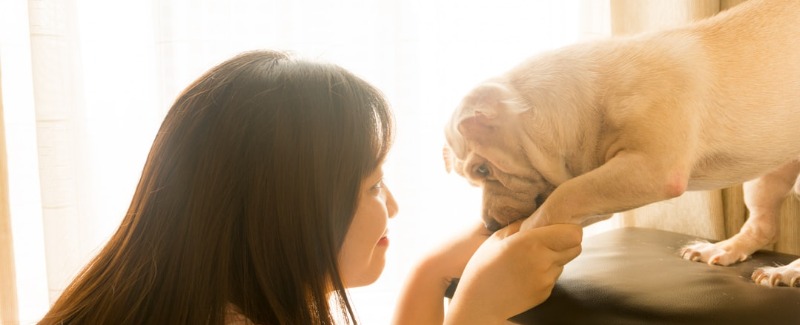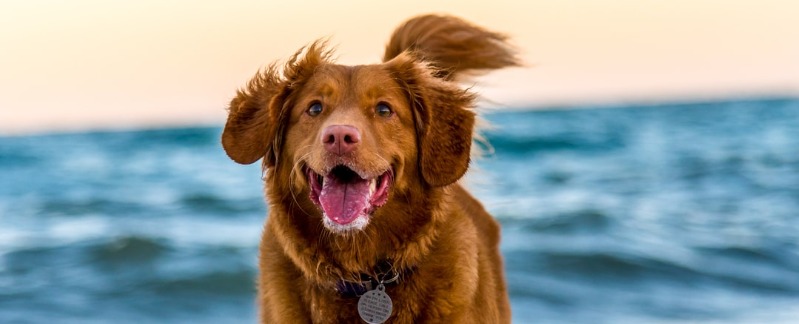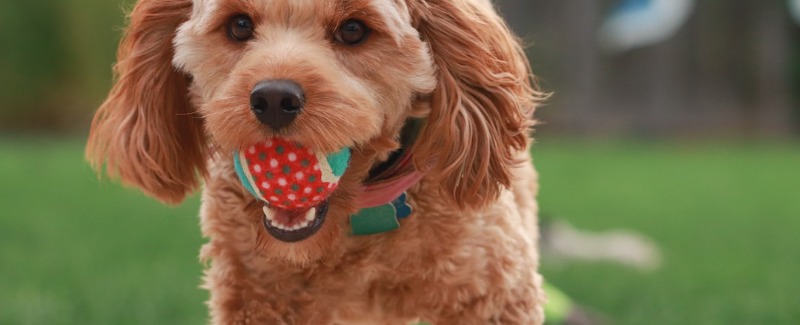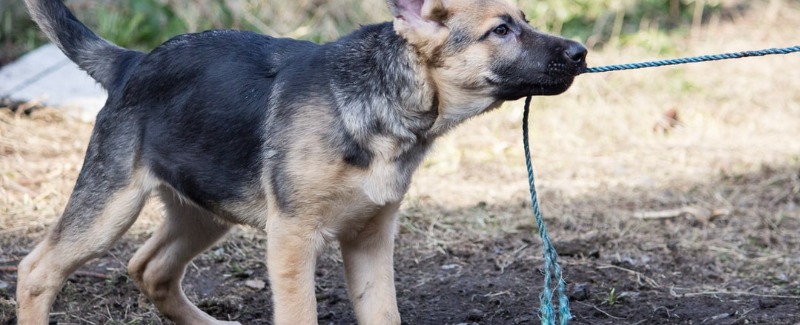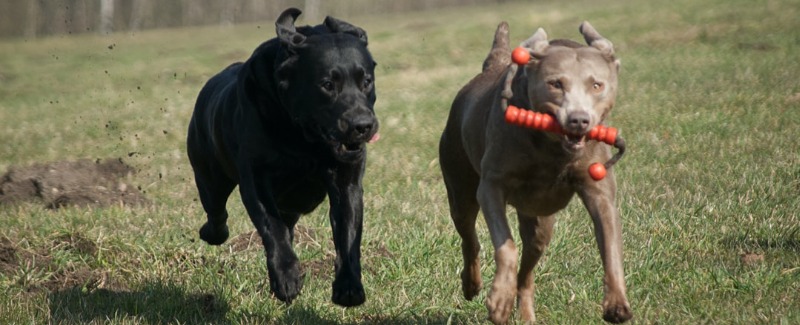If you watch dogs interact, you’ll notice an almost ritualistic array of physical communication. Some behaviors are displayed to calm or defer to whomever the communication is aimed toward. Other displays indicate an alert, assertive frame of mind, or even an invitation to play.
Facial Expressions
Contents
Dogs have an array of facial expressions. A relaxed and happy dog will look that way; his eyes will be soft, his ears will be relaxed, and he’ll often be panting and almost seem to be smiling. A frightened dog, on the other hand, may not make direct eye contact with you. His head will often be lowered or turned away or he will keep glancing away, showing you the white of his eye. An assertive, alert dog will have an expression of alertness, and everything on his face will be forward: his ears, his attention, even his whiskers.
Dogs’ eyes really are windows into what their emotional states are. A fearful or assertive dog ready to bite will usually have dilated pupils, show you a “whale eye” (the white rim around the eye), and may look at the exact spot they intend to bite before doing so. A happy dog has a soft eye expression, while a dog seeking to appease someone will often squint.
Watch dogs’ faces. Like us, they use every part — eyes, ears, and mouth — to nonverbally express their state of mind. Even their lips speak volumes without a word: Are the teeth covered or exposed? Are the lips relaxed or tight with anxiety or determination? Are the ears pricked forward alertly, relaxed, or pinned tightly to the head in a display of fear or submission?
Shape Shifting
Dogs use their bodies to communicate, too. From their shoulders, to their toes, to their tails, every part tells a story. Piloerection, or raising the hackles, doesn’t necessarily indicate aggression. It often signals alertness, and sometimes even uncertainty or fear (especially if the hackles are raised from withers to tail). A dog that stands squarely on his feet with his head and tail in relaxed positions is calm, while a dog that stands high on his toes with everything — ears, head, and tail — raised and rigid is on alert. A frightened or submissive dog will literally shrink away, with a lowered head and tail, in an attempt to appear as small and unthreatening as possible.
Greeting Rituals
How dogs initially greet each other often indicates whether or not they will get along, play, or ignore each other. Dogs that want to get along don’t face each other straight on; they approach from an angle or from the side. Eye contact will be brief. They’ll probably spend some time sniffing each other pretty thoroughly. Depending on the dogs involved, there may be some attempts at pawing or humping by one or both dogs. An elbows-on-the-ground, butt-in-the-air posture is a classic “Let’s play!” pose, while a dog that stands tall, freezes, and gives direct and sustained eye contact is often saying “Don’t mess with me.” This last signal, combined with a very low growl and perhaps a lip curl, can indicate an imminent attack. Dogs that know each other well, or who are confident and well socialized, will often mimic some of the more assertive gestures in an attempt to get their counterparts to play, but the difference in expression is obvious to careful observers.
Calming Gestures
Dogs have quite a few ways of trying to diffuse aggression or hostility. They will often yawn, lick their nose, sniff the ground, or turn their heads as a way of saying “I mean you no harm, and I want no conflict.” They may move in an arc, in slow motion, or turn away completely as they attempt to both exude and instill calm and peace. Some dogs may even freeze in a sit or down to avoid inciting the aggressive advances of another. Watch your dog to see what calming gestures she offers when interacting with other dogs and with you.

